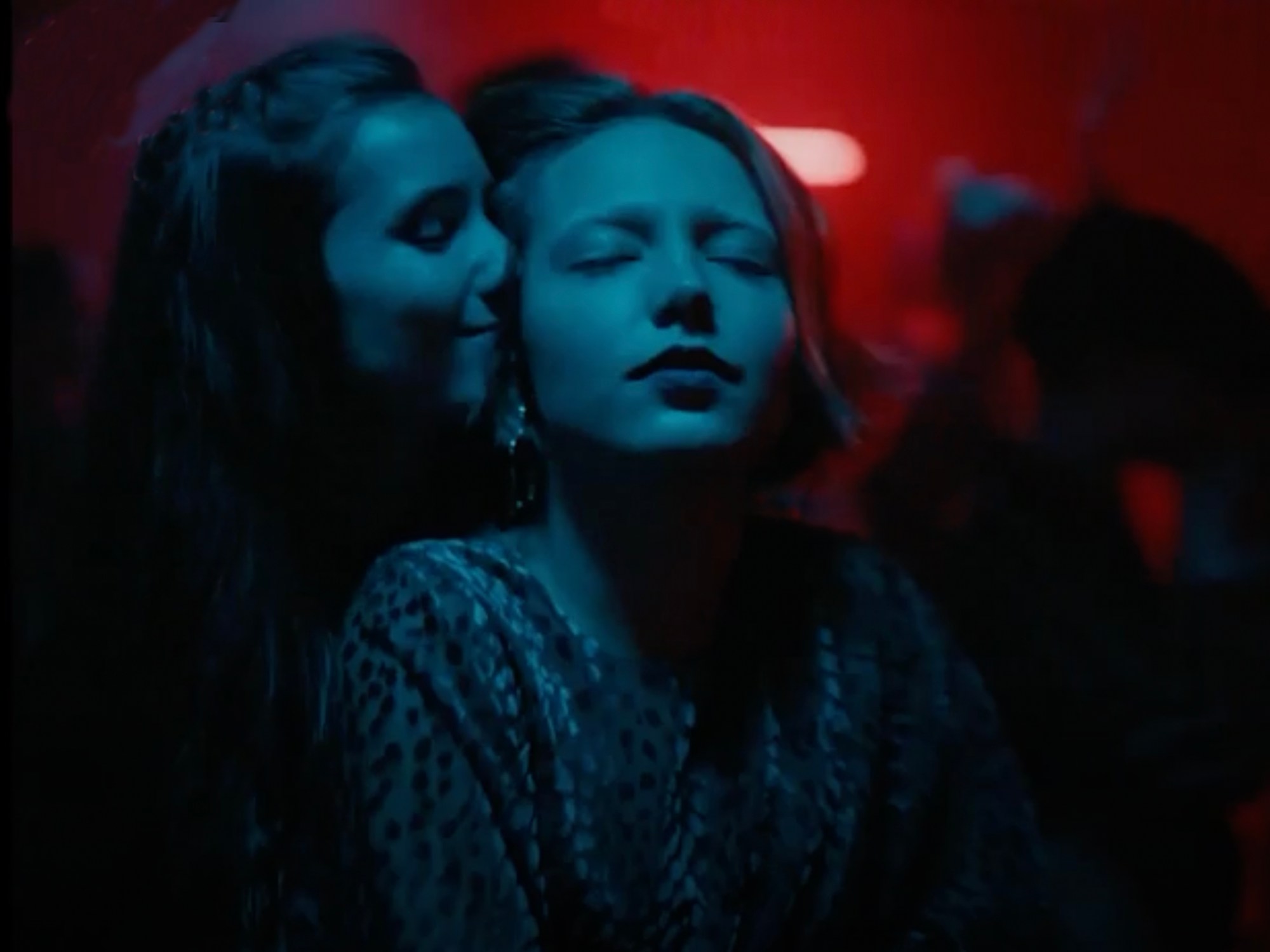
- Festivals
Sundance 2022: “Girl Picture”
Finnish director Alli Haapasalo wanted to show a different picture of teenage girls’ sexuality. She did it with the feature film Girl Picture, which premiered at Sundance. It’s her second feature film to explore teenage girls’ relationship to sex, love and friendship.
The movie takes place over three consecutive Fridays and follows the three high school girls, Mimmi (Aamu Milonoff), Rönkkö (Eleonoora Kauhanen) and Emma (Linnea Leino), who are on the cusp of womanhood. Haapasalo has pointed out that she wanted to show female sexuality through a “normal lens”.
“We’re so used to seeing female sexuality on screen through a really rough lens,” said Haapasalo during a Q&A at Sundance. “We all know that oftentimes women are seen as objects in films, but even when they’re subjects, we still see them as nymphomaniac or women whose desire is punished by suicide in the end, or like low leaders and hookers and whatever.”
Haapasalo, whose film is set in her home country of Finland, wanted to show a different picture of how teenage girls experience their sexual awakening with its different facets – an approach that she believes has been avoided.
“I can’t name so many films where women are not just sort of like exploring it as normal, the sometimes-problematic part of life. And with this, we wanted to say that sexuality belongs to absolutely everybody. The so-called ‘good girl’ is also a sexual being and everybody should be able to explore their sexuality freely and safely.”
The writers of Girl Picture, Ilona Ahti and Daniela Hakulinen have written a story that explores female sexuality without making it traumatic. The experience might be one of frustration and involving many unanswered questions, but it is also one that is playful and pleasant. Thus, best friends Mimmi and Rönkkö speak openly about their sexual encounters and feelings whether they are at work at a smoothie joint or preparing to go to a party.
Rönkkö, who is energetic, sparkling, and smart, is not sure she even likes sex and wants to test whether she will get pleasure out of having sex with guys. Mimmi, who is hot-tempered, self-assured opinionated, and open to sex with all sexes, is falling for the shy, pretty ice skater Emma, who is devoted to her sport and is highly ambitious. They fall into a passionate relationship, but Mimmi is not sure how to handle this.
“I think in that time of teenage, it’s like this crazy liminal age where you’re both a child and an adult at the same time,” said Haapasalo. “In retrospect, if you think about it, what a peculiar place, like you’re so ready and mature and analytical and there’s so much wisdom in young people and they see so much of the world, and I had like the best conversations with the young people working on this film.”
But then at the same time, teenage girls completely lack perspective, she pointed out.
“You can’t really trust that life will take you to places so that’s why have that urgency to solve every question right now for yourself. And it makes you really self-absorbed. So, it’s kind of a gold mine for a filmmaker, but it’s a really difficult place to be as a human being.”
The Finnish title of the film is Tyttö Tyttö Tyttö, which translates to Girls Girls Girls and it was a deliberate choice to have the word ‘girls’ in the title. Haapasalo wanted to reclaim it.
“I love the term ‘girls’ – it’s a very positive word for me,” she said. “I’ve been told by some people at the beginning of this process that I should say ‘young ladies,’ but I just want to explain that I use the term ‘girls’ with a lot of empathy. If they think that ‘girls’ is belittling, I say, ‘I want to take it back!’ I don’t want ‘girls’ to be belittling – I think there’s nothing negative about that term.”
However, it was also a big responsibility for Haapasola, who wanted to honor modern-day girlhood.
“What is it to be a girl? How are we representing what it is to be a girl? How does the world perceive what it is to be a girl? And how are we going against those cliches? We were going against the cliche constantly with every choice that we were making. You have to kind of walk through that process of, what’s the first thought, what’s the second thought, and what’s the most interesting thought.”